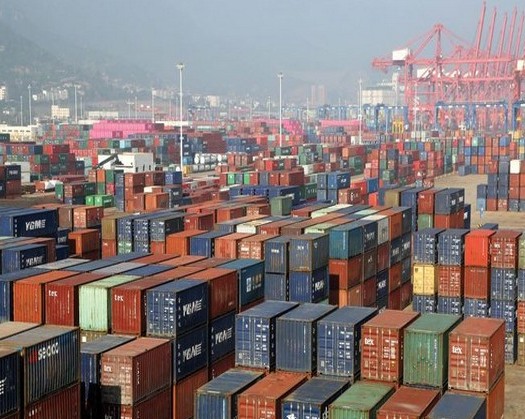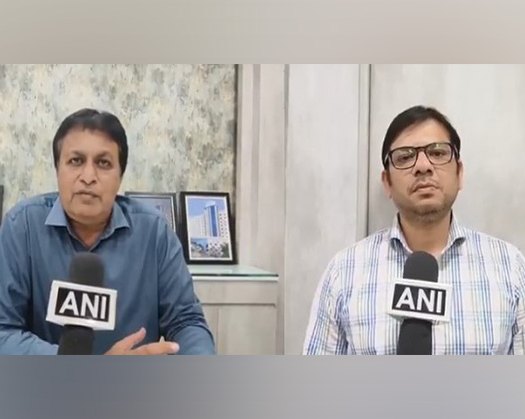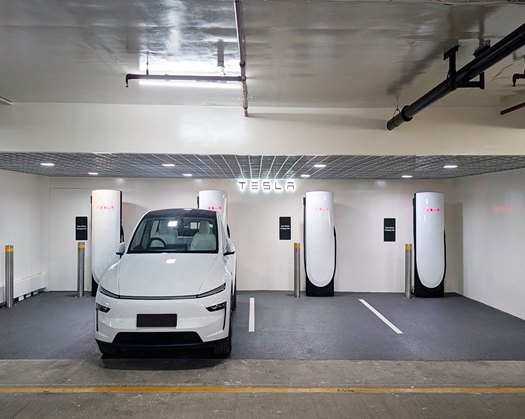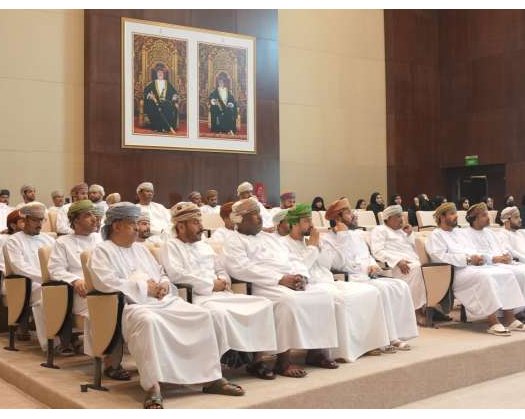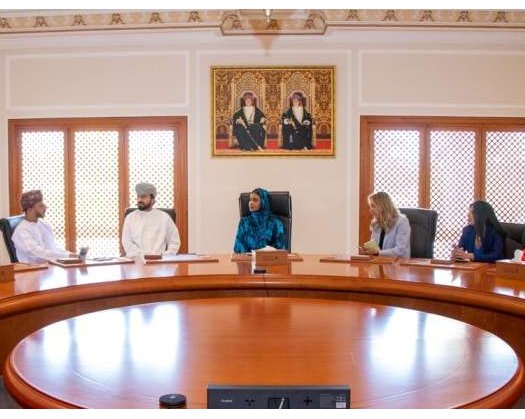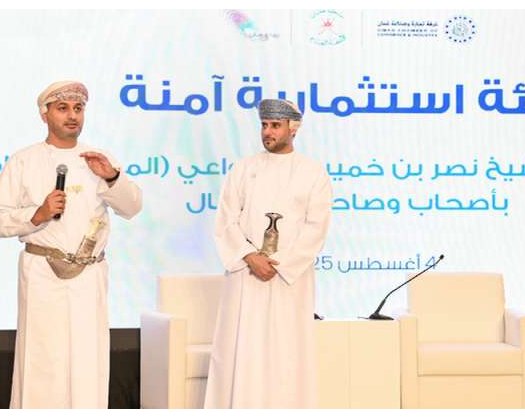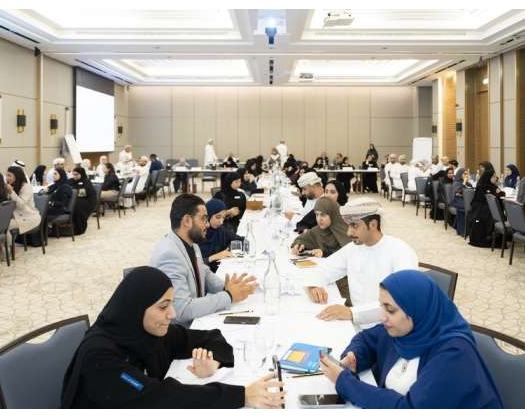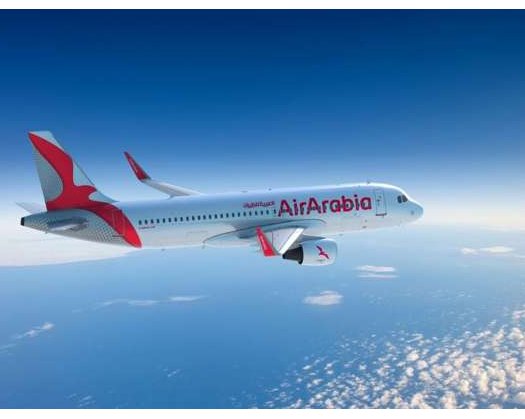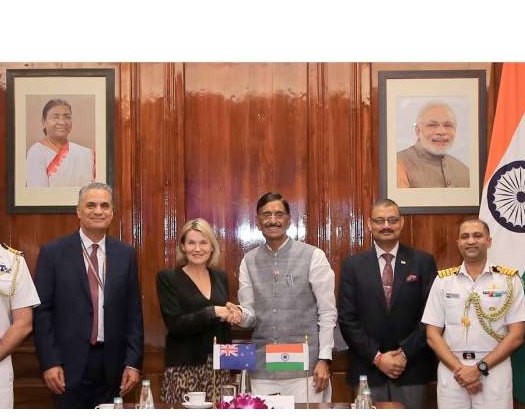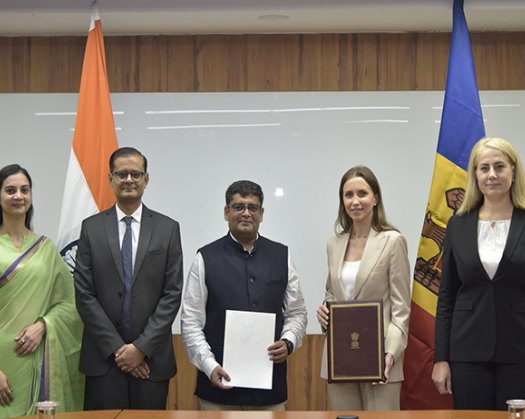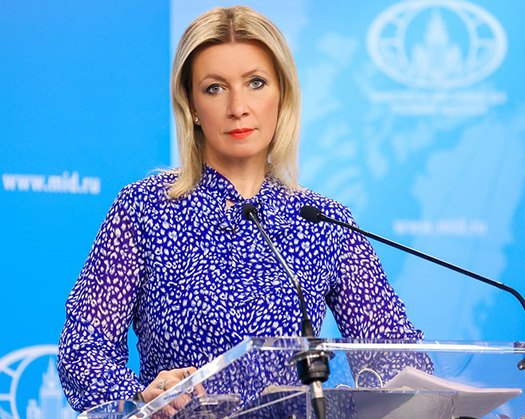The India-UAE (United Arab Emirates) CEPA (Comprehensive Economic Partnership Agreement), signed on February 18, 2022, and effective May 1, 2022, represents a historic milestone in India's foreign trade path. The agreement, which celebrates its third anniversary in 2025, has strengthened economic links as well as increased strategic collaboration between two significant players in Asia and the Middle East.
The CEPA, India's first broad FTA in the Middle East, includes commodities and services trade, rules of origin, digital commerce, customs collaboration, and investment promotion. It seeks to increase non-oil commerce to more than USD 100 billion in five years, providing enormous job possibilities in both countries.
The CEPA has considerably reduced tariff and non-tariff barriers, improved Indian exporters' market access, and encouraged UAE investment in critical Indian sectors including infrastructure, technology, fintech, and renewable energy. The UAE, India's third-largest commercial partner and second-largest export destination, has evolved as a conduit to Gulf and African marketplaces.
The India-UAE FTA has emerged as a model for India's larger trade goals, including not only economic advantages but also geopolitical and cultural ties that have lasted for centuries. It illustrates how proactive diplomacy and economic strategy can function together to produce radical results.
India-UAE Trade Trajectory
India and the UAE have a deep and expanding commercial relationship that has expanded beyond energy-based exchanges to a diversified alliance including production, gems and jewelry, agriculture, electronics, and emerging industries such as fintech and green energy.
Despite global calamities such as the COVID19 pandemic and supply chain limitations, bilateral commerce has increased significantly in the previous five years. The signing of the CEPA in 2022 was a watershed moment, promising tremendous potential across a variety of sectors.
India's exports to the United Arab Emirates have expanded beyond traditional items such as textiles and jewels to include electronics, automobiles, food products, and engineering goods. On the other hand, India imports crude oil, petroleum products, precious metals, and compounds from the UAE.
The CEPA has not only boosted commerce volumes but also improved trade efficiency. Duty-free access and simplified customs procedures have benefited key sectors. This path suggests a long-term strategic cooperation, with both countries investing in resilience, innovation, and trade portfolio diversification.
Bilateral commerce between India and the UAE has grown consistently over the last five fiscal years, indicating the influence of changing policy and market conditions. India's exports to the UAE have increased significantly, particularly following the implementation of the CEPA in fiscal year 2022-23. The rise in total trade indicates stronger economic integration and an expanding commercial relationship. Imports from the UAE, which include crude oil and precious metals, have also increased; the overall rise in trade reflects deeper economic integration and an expanded commercial relationship. Bilateral trade increased from USD 43. 3 billion in 202021 to 85. 61 billion in 202324, before rising to 105. 76 billion in 202425.
India's exports to the UAE include a diverse range of product categories, indicating a well-diversified trade basket. Gems and jewelry, notably cut and polished diamonds and gold jewelry, have historically been India's main exports to the UAE. CEPA has benefited the industry greatly, with tariffs on some jewellery products reduced or removed, providing Indian exporters with a competitive advantage in the Gulf region.
Refined petroleum products are another significant export category, demonstrating India's robust refining capabilities and expanding energy links with the UAE. India also exports a significant amount of textile and apparel products, including cotton yarn, ready-made clothing, and home furniture, catering to the UAE's large expatriate population and regional demand.
Engineering products and autos are becoming increasingly popular due to greater market access and strong demand for Indian cars and industrial equipment. In recent years, electronic products, notably mobile phones and consumer electronics, have grown important contributors, thanks to India's developing electronics manufacturing ecology. Furthermore, agricultural exports such as rice, tea, spices, meat, and seafood continue to solidify India's position in the UAE's food supply chain.
On India's imports from the UAE, crude oil and petroleum derivatives account for the majority of India's imports from the UAE, making a significant contribution to fulfilling its energy needs. India also imports precious metals such as gold and silver in substantial amounts, which fuel the country's flourishing domestic jewelry industry. Other major imports are aluminum, fertilizers, sulfur, polymers, and chemicals, all of which are critical for India's industrial and agricultural industries. These commodity exchanges represent a planned, resource-driven, and evolving partnership.
India-UAE Investment Relations
Investment exchanges between India and the UAE are a key element of their bilateral ties, supporting infrastructure, technology, finance, and renewable energy. The UAE is one of India's top ten sources of foreign direct investment (FDI), with total investments totaling more than $15 billion.
On the other hand, Indian firms have a substantial presence in the UAE, especially in industries such as IT, education, construction, medicines, and finance. Over 3,800 Indian firms operate in the UAE, taking advantage of the country's open trade zones and investor-friendly climate. Indian retail behemoths, banks, and entrepreneurs are increasingly considering the UAE as a springboard for expansion into the GCC and Africa.
The CEPA has established a structured framework for encouraging investment facilitation, guaranteeing regulatory openness, and safeguarding investor rights. The recent agreements on bilateral investment promotion and cross-border digital infrastructure collaboration are projected to enhance investment synergies in emerging sectors including as AI, semiconductors, hydrogen, and smart mobility.
Future Outlook for India-UAE Trade
India-UAE commerce is primed for tremendous expansion, supported by structural reforms, digital connectivity, and shared goals for sustainable development. CEPA has paved the door for increased bilateral commerce as well as joint access to third-country markets, particularly in Africa, West Asia, and Central Asia.
With trade already surpassing USD 85 billion, both countries are on target to reach the USD 100 billion non-oil trade objective in the next few years. This will be backed up by deeper integration in renewable energy, finance technology, supply chain digitalization, and new technology industries.
The India-UAE Green Hydrogen Partnership has created new avenues for collaboration in green energy, including solar power, clean mobility, and carbon-neutral logistics. Both are founding members of the International Solar Alliance, and they have established joint ventures for solar panel manufacture and energy storage.
The CEPA's services trade chapter will greatly increase the supply of finance, healthcare, education, legal, and IT services. Mutual recognition of professional credentials and fewer barriers to digital commerce provide enormous prospects for Indian service companies.
India and the UAE are working on several areas of bilateral cooperation, including as artificial intelligence, semiconductor design, military production, aerospace, cybersecurity, and blockchain infrastructure. With both governments encouraging ease of doing business, the private sector is well placed to take advantage of these potential prospects.
Finally, the India-UAE FTA represents outstanding economic diplomacy, creating chances for commerce, investment, and innovation. CEPA has boosted growth, broadened trade, and strengthened bilateral ties in less than three years. With favorable policy frameworks, commercial sector energy, and cultural closeness, the India-UAE economic connection has the potential to become a paradigm for South-South collaboration. As both countries look forward, their collaboration will be driven not just by mutual prosperity, but also by a joint commitment to creating a sustainable global economic order.

